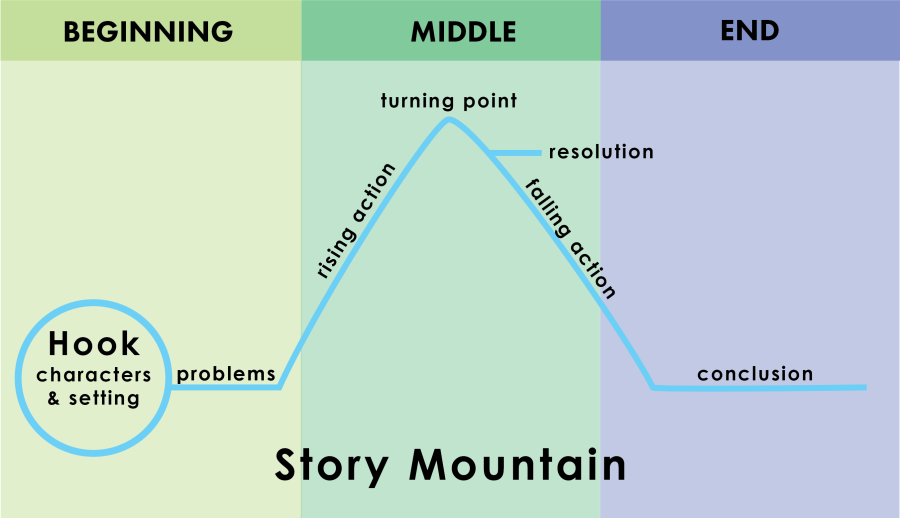Date
Elements of a Story
For many audiences, stories are more impactful than a group of facts. They get attention. They get remembered. They change perceptions.
Your goal is to convey accurate scientific information to help people update what they know or change their understanding when necessary. Stories can help people engage with problems and issues on a human level. Understanding the audience and clearly articulating the problem of the story is essential.
A basic story has characters (or a character), conflict, and resolution—and the characters change in some way from beginning to end.
A science story has three deeper level components.
- The first part is when you confront the audience with an idea that is not familiar or not understandable.
- The second part tackles the practical implications—how will this research change our lives, or what we know?
- The third element is the human story. Help people connect with problems, issues and developments in your research on a human level. For example, what was the struggle? What were the twists and turns in your thinking that led you to the solution? For example, a natural resource economist at SESYNC began with the roots of his interest, in addition to his upbringing on a Caribbean island, in order to establish a connection with the audience before explaining his research process and 2 ½ year hunt for answers about the mysteries of Marine Protected Area management.
- Resources:
Image

Continue to the next step of the toolkit: Follow-Up: How Are Your Strategies Working?
SESYNC's Communications Toolkit:
Share